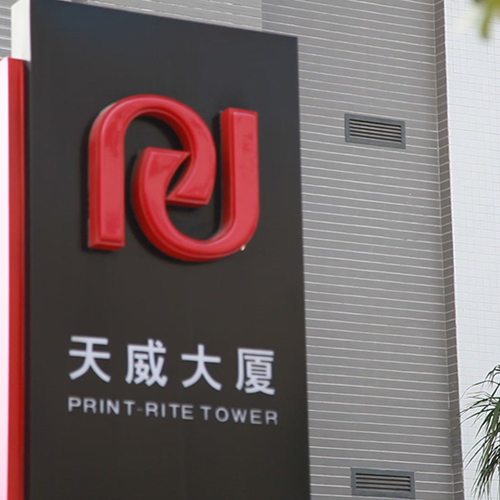Gartner Says Less than 10 Percent of Enterprises Have a True Information Strategy
Less than 10 percent of today’s enterprises have a true information strategy, according to Gartner, Inc. Recent research by Gartner has found that, just as business model thinking wasn’t mainstream or well rehearsed a decade ago, management thinking at an “information as strategy” level is still evolving.
Gartner analysts are examining these and other challenges facing India’s BI community during the Gartner Business Intelligence and Information Management Summit, which is taking place here through Tuesday.
“When asked about the new kinds of information they anticipate as being disruptive in the next few years, half of the respondents to Gartner’s 2013 Worldwide CEO and Senior Executive Survey could not provide an answer or name a technology,” said Partha Iyengar, country manager for Research, India at Gartner.“The social Internet, inexpensive sensors, the Internet of things and other trends will cause an explosion in the types of information that are available. In this way, competition will increasingly be defined by differential access, control and value recognition and timely exploitation of information.”
As business leaders reconfigure and re-skill their organizations in order to take advantage of these opportunities, Gartner has identified four key focal points for organizational development:
1 — how will new kinds of information drive value? Who will be creative with that? How will they explore their ideas? What support is in place for information led innovation?
2 — as information improves in its granularity, precision or resolution, who will notice when key thresholds have passed and new things become possible that were not realistic before?
3 — how will the organization search, discover, conjoin and secure the new datasets and information streams that are becoming available?
4 — how will they engineer the social and legal permissions needed to use information without it seeming like spying, privacy invasion or unfairness?
Leveraging the above effectively requires overlapping human, professional and organizational competencies. Sharpening each of them will be key to competitive success
Given the level of important strategic work to be done on the information that the company uses, it is essential to identify who in the organization is ultimately responsible for this. In most organizations, the real answer is “everyone and no-one”, but that cannot be sustained because the complexity, risk and opportunity presented by the information explosion keeps on expanding. Most CIOs do not take responsibility for information policy, for new information acquisition or for information asset business exploitation. CEOs are beginning to see that gap and try to fill it, with a head of information management or a chief data officer (CDO).



Leave a Comment
Want to join the discussion?Feel free to contribute!